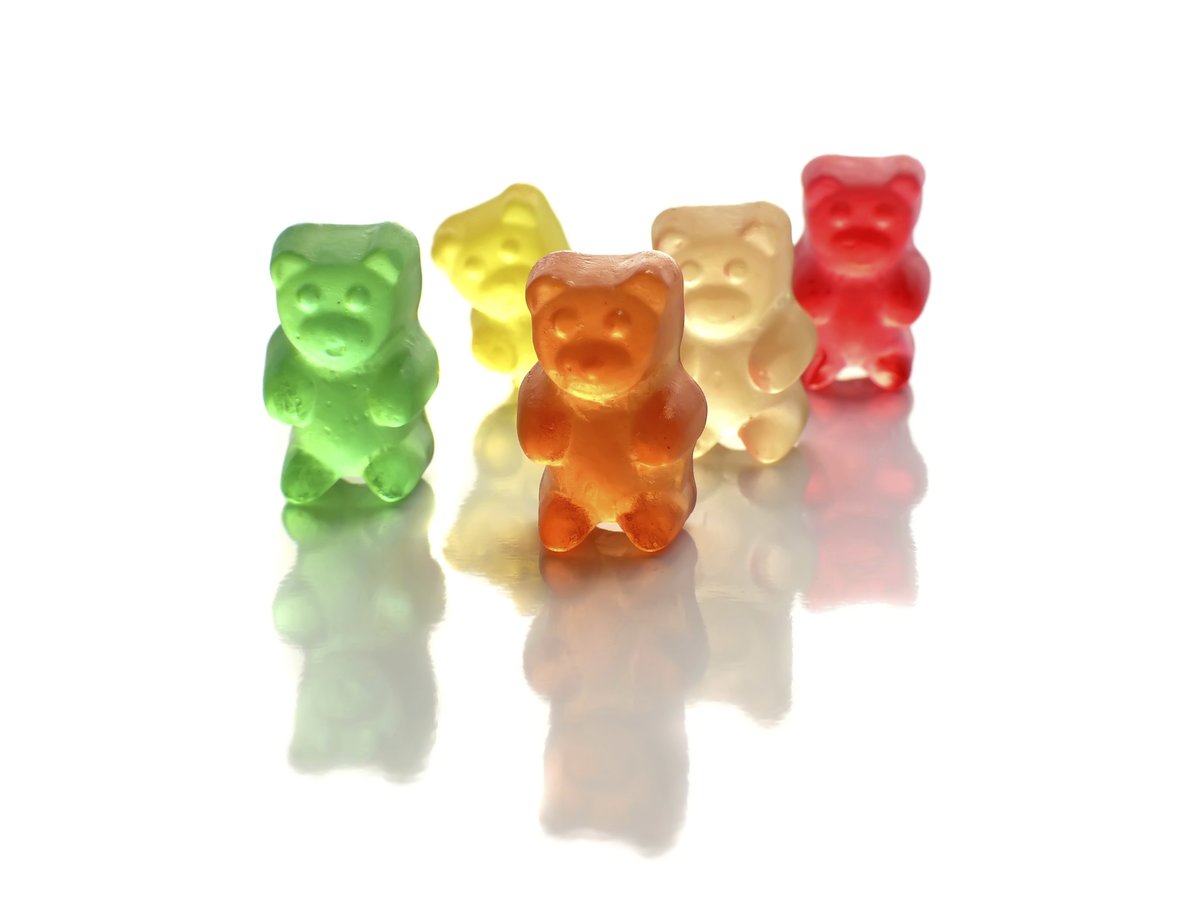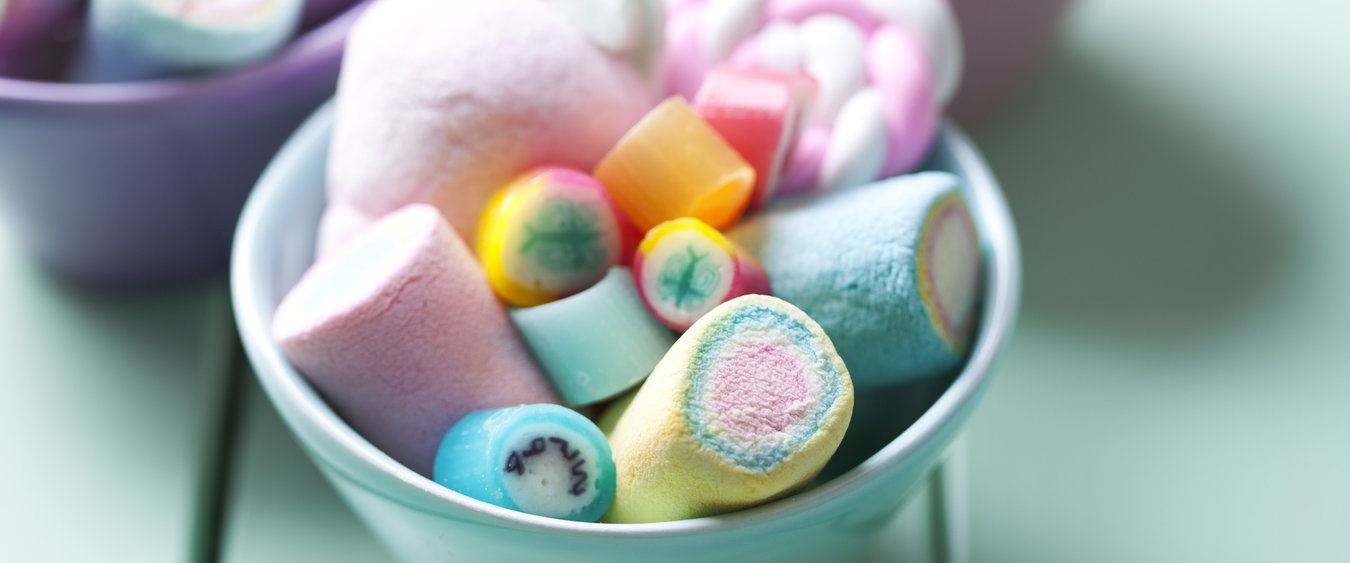Gelatin, the ‘holy grail’ of the culinary profession
One of the many uses of gelatin is the gelatin used by top culinarians around the world. It is in many ways a secret ingredient that enables chefs to create extra-culinary magic for their patrons. As the famous avant garde molecular U.S gastronomist, Wylie Dufresne, told Saveur: ‘Gelatin is the holy grail’. According to Dufresne, part of gelatin’s magic rests in its unique ability to melt in the mouth.
Gelatin is excellent for creating foams infused with aromatic herbs and spices that delight the senses. It’s also good for stabilizing and gelling mousses, thickening broths, creating gorgeous glazes, and giving food great body and texture.
Here are a few interesting gelatine uses and culinary applications you might not be aware of:
Oil-free Mayonnaise. Gelatin gives sauces a shiny appearance and a lovely smooth texture. So, it can be used as a substitute for oil in mayonnaise recipes.
Flavor Binding. Another fantastic gelatin functionality is flavor binding. High-end chefs frequently use gelatin in their cooking sauces to bring all the flavors together into a harmonious taste sensation.
Mousses. When it comes to cooled mousses, gelatin is the ingredient of choice as it has excellent gelling and stabilization functionalities. Gelatin can be formed into a liquid, warmed up, combined with other ingredients, cooled, frozen and then served at room temperature without being damaged. Not many ingredients can boast such strength and versatility.
Espuma. This is a type of innovative culinary foam invented by chef Ferran Adria. Flavors are combined in a liquid and then forced through an air canister to create a foam of intense flavor and delightful, airy texture. Because of its stabilizing functionality, gelatin is a key ingredient in the making of espuma.

Consumers are also loving gelatin
The chef’s best secret is no longer a secret. Ordinary food-loving consumers are making use of gelatin at home. Do a little bit of searching and you’ll find a huge home-foodie culture as emerged over the years, with gelatin being a highly prized kitchen essential for the ordinary cooking adventurer.
Gelatin actually empowers consumers. It gives us the ability to create beautiful, restaurant-style food at home. For example, using gelatin in desserts such as panna cotta or cheesecake results in brilliant texture and appearance the likes of which is typically seen in quality restaurants.
It also solves problems for home cooks. Imagine in the summer you’re having guests round for some of your homemade cake topped with whipped cream. Oh no! At balmy room temperature the cream starts to melt and lose its structure, completely ruining the lovely appearance you worked so hard to create. This problem can be avoided by adding gelatin to the cream. The stabilizing properties of gelatin help to keep it firm at room temperature.
The home applications of gelatin are boundless. It can be used in a variety of scenarios: fortifying smoothies, glazing meat, thickening sauces and the creation of homemade confectionery. It can even be used to purify used cooking oil!
Gelatin uses: Here’s a fabulous selection of recipes put together by the Gelatine Manufacturers of Europe (GME).
Gelatin applications in the food industry
In the food industry gelatin is used for its gelling, emulsifying, stabilizing and other unique functionalities to enhance food texture or enhance taste for example, or to solve a wide variety of problems in the manufacturing of food. Because gelatin has a neutral taste profile, it can be combined with countless flavors.
Gelatin: the star ingredient in the world’s favorite sweets
Have you heard of Gummy Bears? Of course you have. They’re famous the world over for their gorgeous, crystal-like appearance, soft gummy texture and the way they dissolve in the mouth and release an intensely satisfying burst of flavor. They owe their fame to the unique functionalities of gelatin.
And have you ever wondered why marshmallows are so fluffy and light? Or where they get their sumptuous texture from? Yep, you guessed it: gelatin. Because of its foaming properties, gelatin is a star ingredient that gives marshmallow the winning finish.

Gelatin as a fat-replacement in low-fat dairy products
With heart disease being so prevalent in the world, more and more of us are cutting down on the amount of saturated fat in our diets. Traditionally, dairy products - no matter how delicious - are loaded with fat. So, it’s not surprising they’re the first casualty in the war on fat consumption.
Manufacturers of these products had to respond. They came up with a range of low-fat versions of the world’s best-loved dairy products such as yogurt and ice cream. However, these products aren’t as nice because when you take the fat out of dairy, you end up with a thin and lifeless product that fails to satisfy us. By removing the fat, you remove the lovely creamy texture which gives dairy its amazing mouthfeel.
This is where gelatin saves the day. Gelatin brings lifeless, fat-reduced dairy products back to life - all without the negative health implications (in fact, gelatin is a safe nutritious protein derived from natural sources).
It’s the perfect ingredient for the job: it has no flavor or aroma, meaning it blends well with the other ingredients and doesn’t muscle in on the overall taste profile. It has gelling and glazing properties that recreate the gorgeous texture and lustre of fat.
Its usefulness doesn’t end there. It serves other practical purposes in the manufacturing of dairy products. For example, have you ever opened up a yogurt only to be greeted with an unpleasant watery splash? This is due to ‘syneresis’. Put simply, syneresis is when water separates from a gel substance. Low-fat yogurts are prone to this unsightly effect. When you take the fat out, you make the gel substance weaker and the water separates. As a thickener and stabilizer, gelatin gives structure to the gel and helps to prevent syneresis.

Gelatin used in surgical equipment and revolutionary biomedical applications
Gelatin is more than a food ingredient: it also has a wide range of technical applications in the medical and pharmaceutical industry. It’s a natural product well-tolerated by the body, so lends itself to medicine.
For over a hundred years, gelatin has been the main shell excipient of choice in the manufacturing of hard and soft capsules. For over a hundred years, gelatin has been the main shell excipient of choice in the manufacturing of hard and soft capsules.
Manufacturers use specially formulated gelatins with excellent dissolution rate enabling the Active Pharmaceutical Ingredient (API) to be quickly released in the stomach. This basically means gelatin dissolves at body temperature and releases the medicine in a timely fashion.
Highly purified gelatins, low in ‘endotoxins’ (toxins found within bacterial cells), can also be used in special biomedical applications. For example, purified gelatin is a vital agent in some hemostatic products, which are devices used to stem blood flow during surgical procedures.
Gelatin is also used in vaccines and other injectable medicines. Why? In vaccines, gelatin helps to protect live viruses. And for injectable medicines, gelatin acts as a safe, natural preservative that extends the shelf-life of the medicine.

Perhaps more exciting is the way gelatin is being used in regenerative medicine, a groundbreaking approach to treating some diseases. Stem cell therapy, tissue engineering and biomolecule delivery systems all come under the banner of regenerative medicine. Gelatin is used because it mimics the body’s own matrix, blends with other biopolymers, and is non-immunogenic. When low in endotoxins, gelatin can be an ideal medium in which cells can grow and differentiate easily.
How amazing is that?
